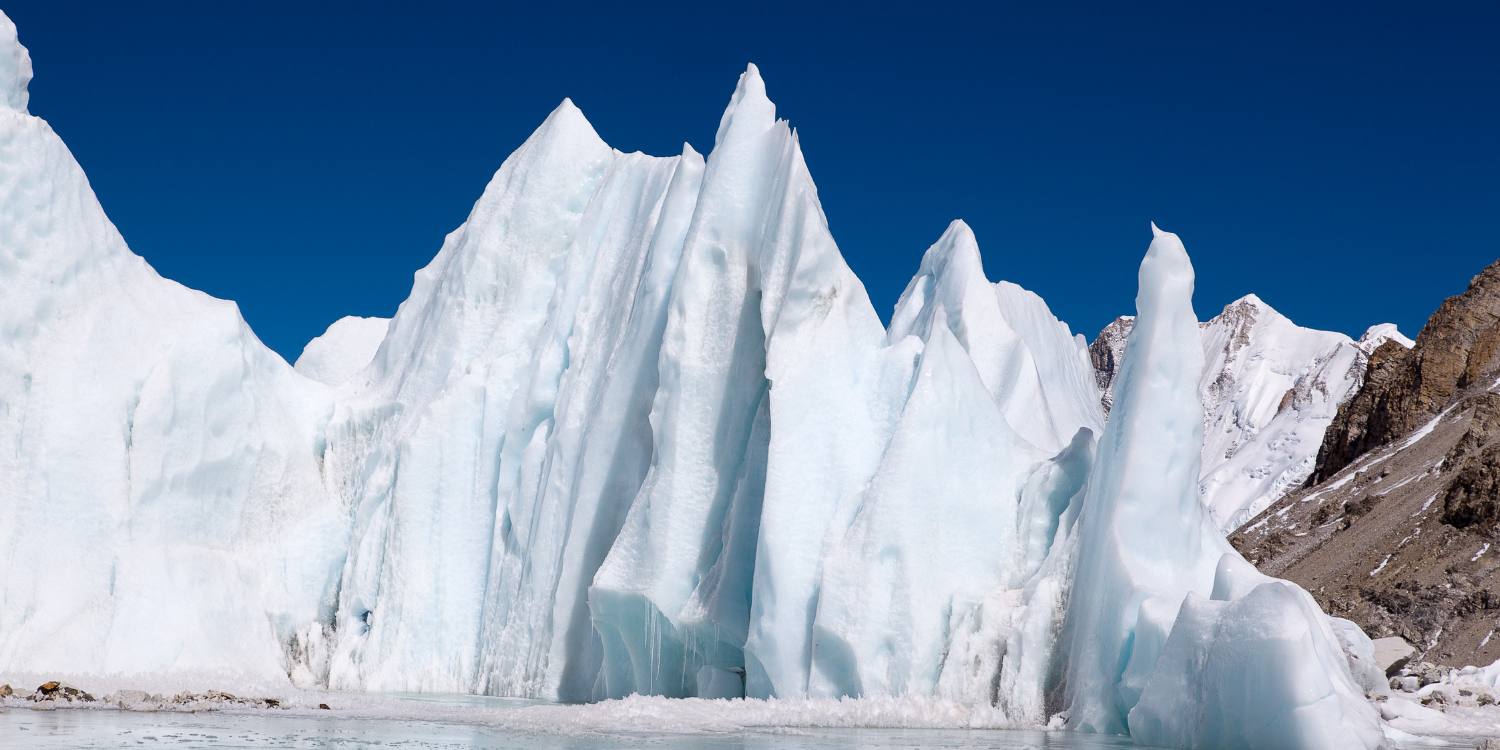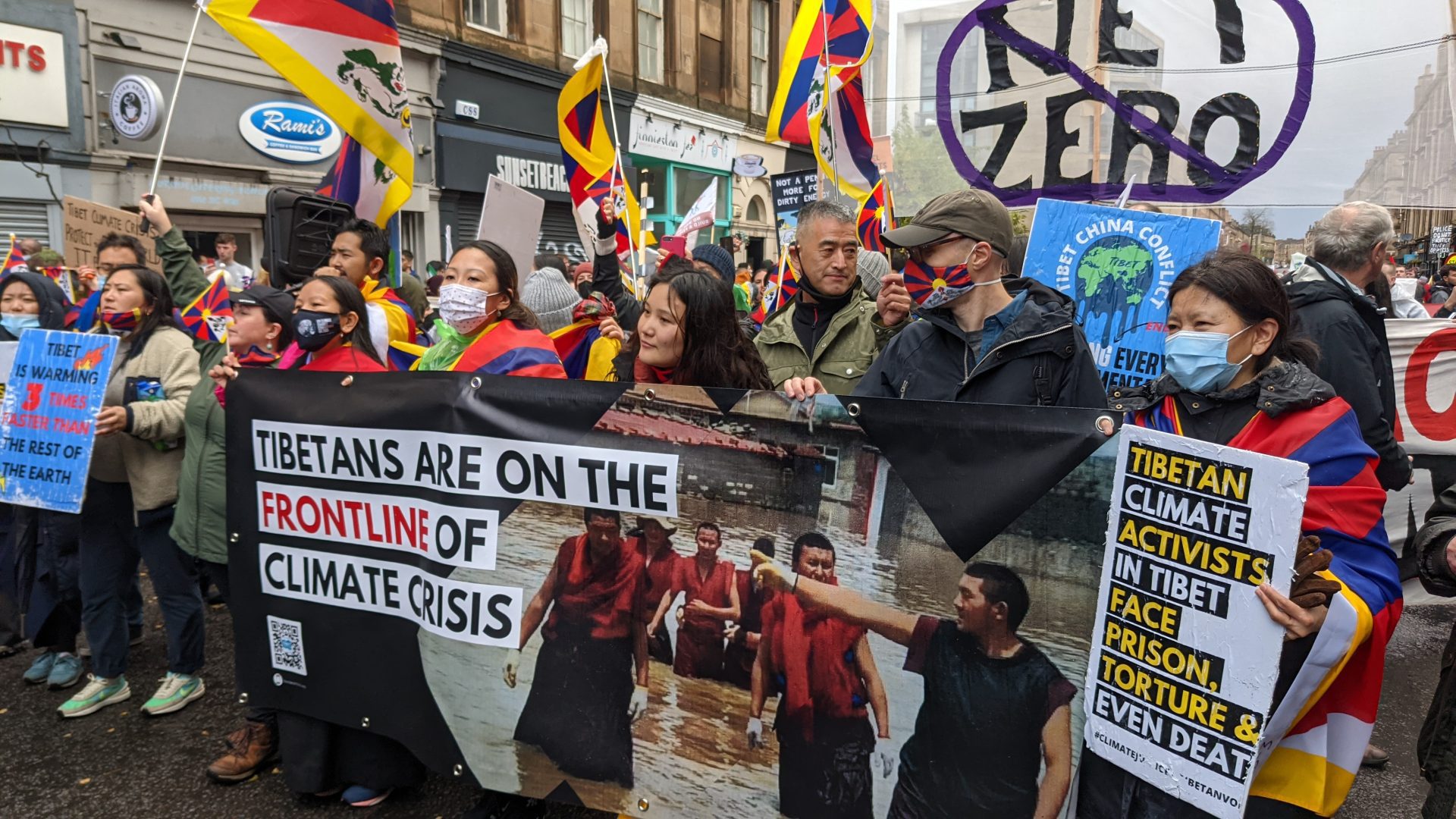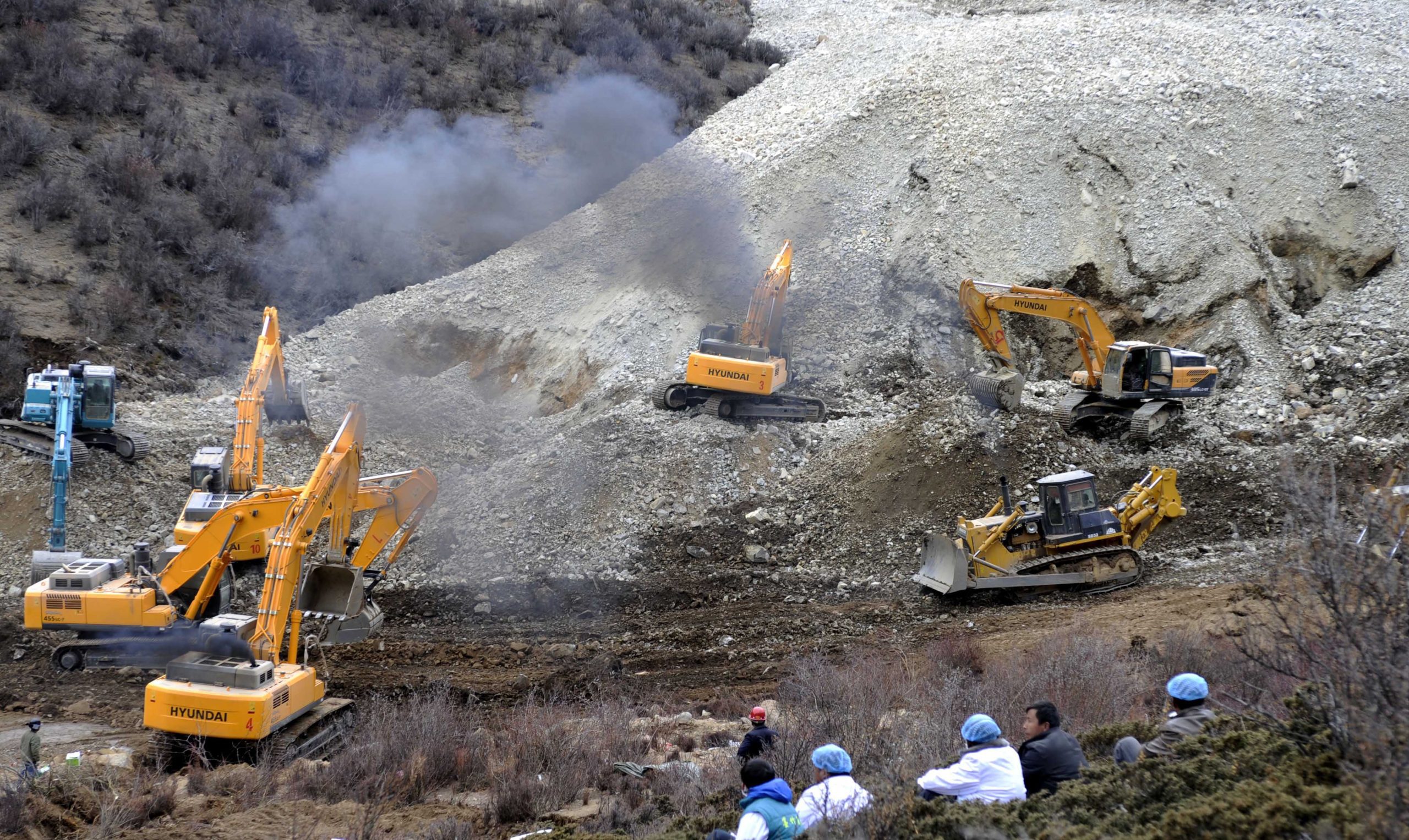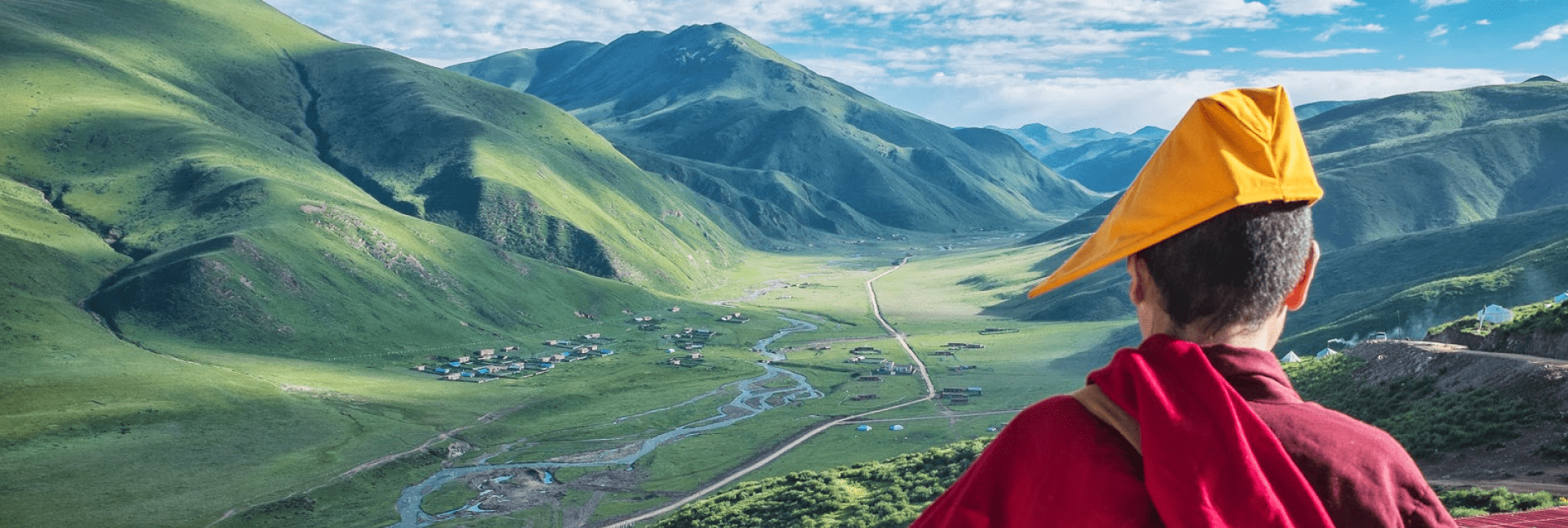“Taking care of our planet, is a matter of looking after our own home. We can no longer exploit the earth’s resources—the trees, water, air and minerals—with no care for the coming generations. I support young people’s protests at governments’ inaction over the climate crisis.”
– The 14th Dalai Lama, 2019
Tibet is known as the world’s Third Pole. It holds the third-largest source of water ice in the world, after the Arctic and Antarctic. It is the source of many of Asia’s largest rivers, including the Brahmaputra, the Ganges, the Mekong and the Yangtze, and over 1.5 billion people across Asia rely on the water that flows from its glaciers.
However, due to the rapid effects of climate change, this region is vulnerable. While the melting of the Third Pole’s glaciers affects more people directly than the north and south poles, it has received considerably less attention.
The world needs to realise that Tibetans are on the frontline of the climate crisis.
THE THIRD POLE IS MELTING
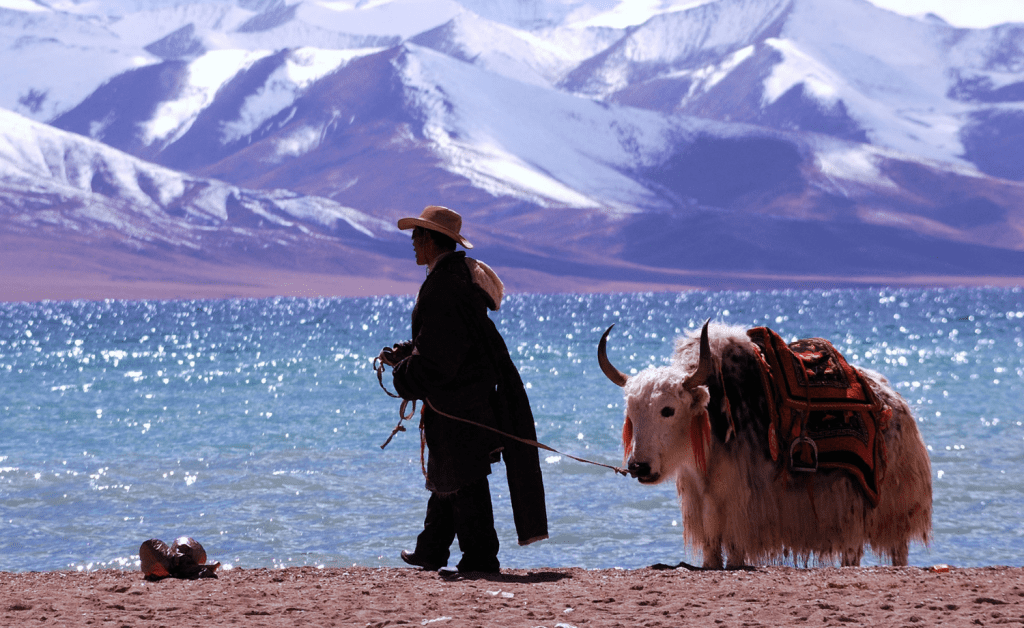
Tibetan nomad leading his yak along a lake
“This is the climate crisis you haven’t heard of.”
– Philippus Wester (ICIMOD), 2019
The Tibetan glacier melting rate is worrying. The dramatic changes to the ecosystem could disrupt agriculture, water quality and the livelihood of the huge number of people who rely on the Third Pole. Experts predict that South Asia will be affected by global warming by at least 1°C by the end of the century, while other areas could see an increase as high as 3.5-4°C. This rate of warming is significantly higher for the Third Pole region – it could warm by 4.5ºC to 5ºC by the end of the century.
A report by the International Centre for Integrated Mountain Development (ICIMOD), predicts that at least a third of the region will melt due to the climate crisis. If there are no efforts to cut carbon emissions, then this loss could be up to two-thirds. A 15% loss has been recorded already in the Third Pole since the 1970s.
The global climate crisis means we have seen an alarming rise in temperature levels. Human activity has created this climate crisis, such as mining for fossil fuels and oil, deforestation and emissions from cars and power plants.
According to NASA, carbon dioxide levels have increased by 412 parts per million and the global temperature has risen by 1°C (1.9°F) since 1880. Meanwhile, Arctic ice minimum is going down 12.8% per decade and sea levels have risen by 3.3 millimetres per year.
Global warming has already had dire consequences, particularly for those in the global south. Wildfires, droughts, heatwaves and floods are just some of the effects. The consequences of the Third Pole melting would include a rise in sea levels and increased river flows, which risks landslides, an unpredictable water supply and unstable weather conditions leaving communities vulnerable.
THE IMPORTANCE OF THE ENVIRONMENT
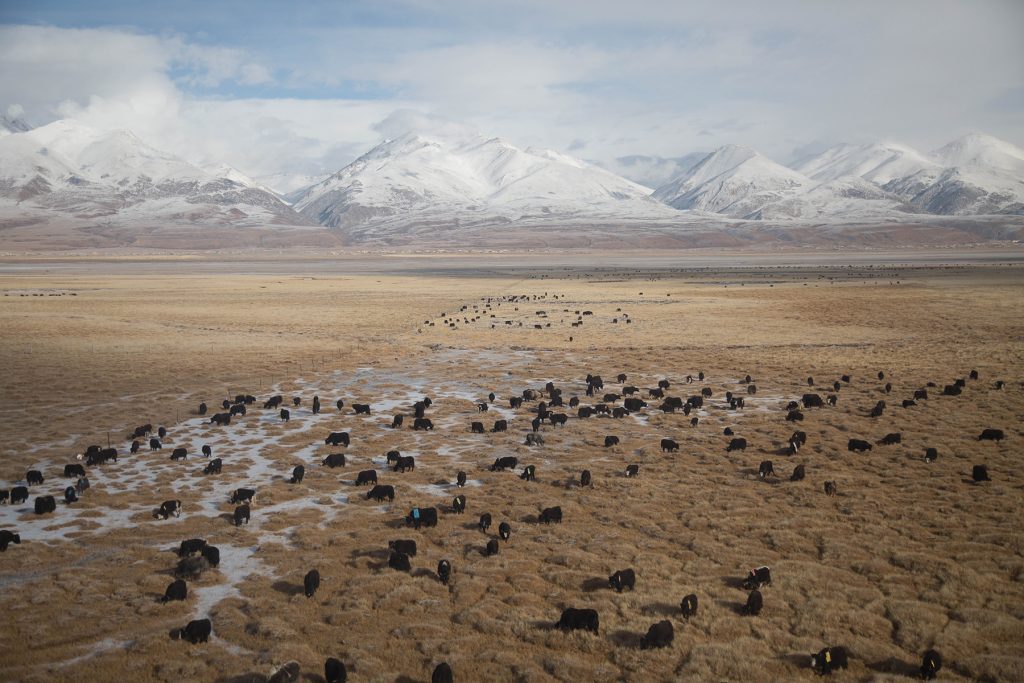
Yaks walking across the Tibetan permafrost
The natural environment has long provided drinking water, energy and food for Tibetans. The traditional nomadic Tibetan lifestyle is particularly reliant on the environment. They have raised yaks and other livestock, and sustained their families and communities through traditional agricultural methods for centuries.
Nature is also important to Tibetans for cultural and religious reasons.
Tibetans inside Tibet continue to fight to protect the environment, despite the risks. Tibetans outside of Tibet have also been active in raising awareness of the Third Pole, and have consistently joined the global climate strikes.
“I came to join the Global Climate Strike and I’m trying to create awareness about my own homeland, Tibet.”
– Dawa, an advocate and campaigner for Tibetan climate and social justice.
CHINA’S ROLE IN THE CLIMATE CRISIS
China is the largest emitter of carbon dioxide in the world.
Aside from being the biggest contributor to global climate change, the Chinese Communist Party’s control over Tibet’s land and natural resources has also negatively affected the environment in Tibet. This includes industrial projects such as mining, damming and deforestation.
In recent years, China’s exploitation of Tibet’s natural resources has gathered pace significantly. Tibetans have no power to protect their own land and must watch the economic benefits of its resources flow out of their country.
The traditional Tibetan nomadic culture and lifestyle, in particular, is under threat by China’s push to move them from their traditional grasslands to urban settlements. Their lands are often subsequently used to extract natural resources and disrupt traditional agricultural practices.
Olivier De Schutter, the United Nations’ Special Rapporteur for Food in 2010, observed that “while climate change is most probably the main driver of environmental changes […], mining is another driver of land degradation in some areas.”
WHAT WE ARE DOING

COP26 climate protest in Glasgow, 2021
We believe that Tibetan voices are essential to finding solutions to the global climate crisis. A global climate summit without Tibetan representation will always be incomplete.
To this end, we work with Tibetan climate researchers, campaigners and advocates to bring their experiences and their solutions to wider attention. Our work at COP26 in Glasgow in 2021 and COP27 in Egypt in 2022 saw Tibetans meeting key policymakers, speaking to journalists and leading climate protests on the streets.
We also work with Tibetans to hold climate summits and publish articles on the threat to the Third Pole, bringing the issue to wider attention.


